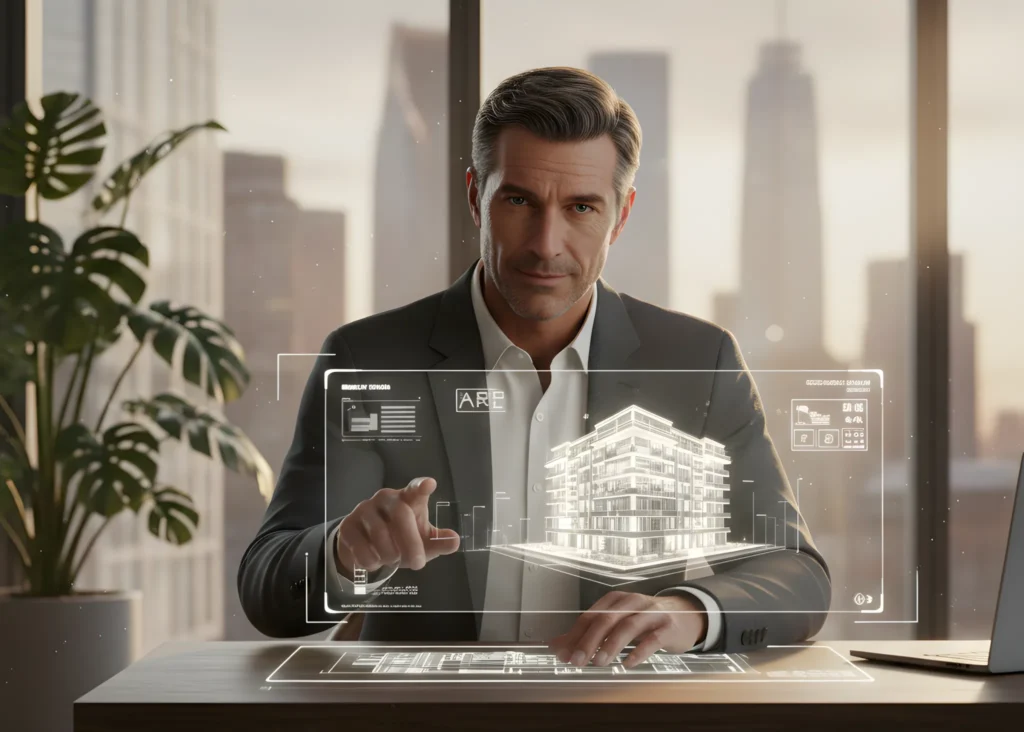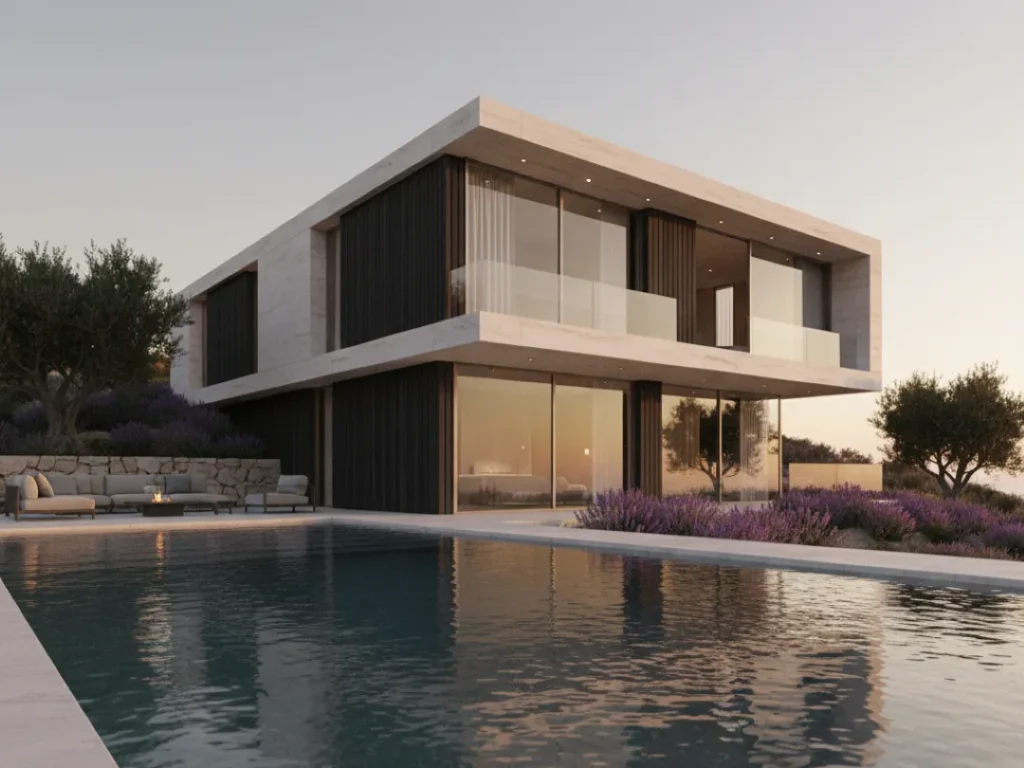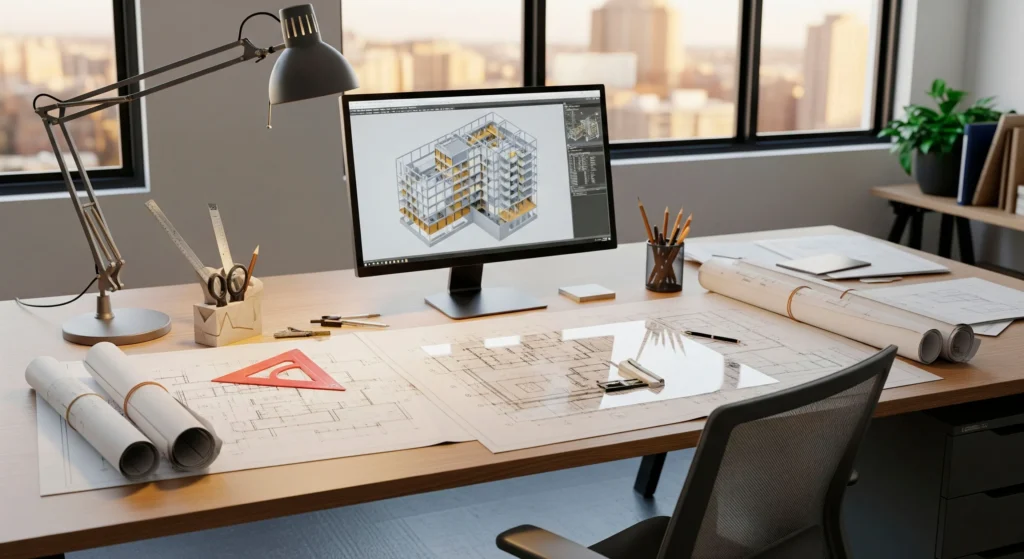Urban Architecture: Integrating Green Spaces in Cityscapes
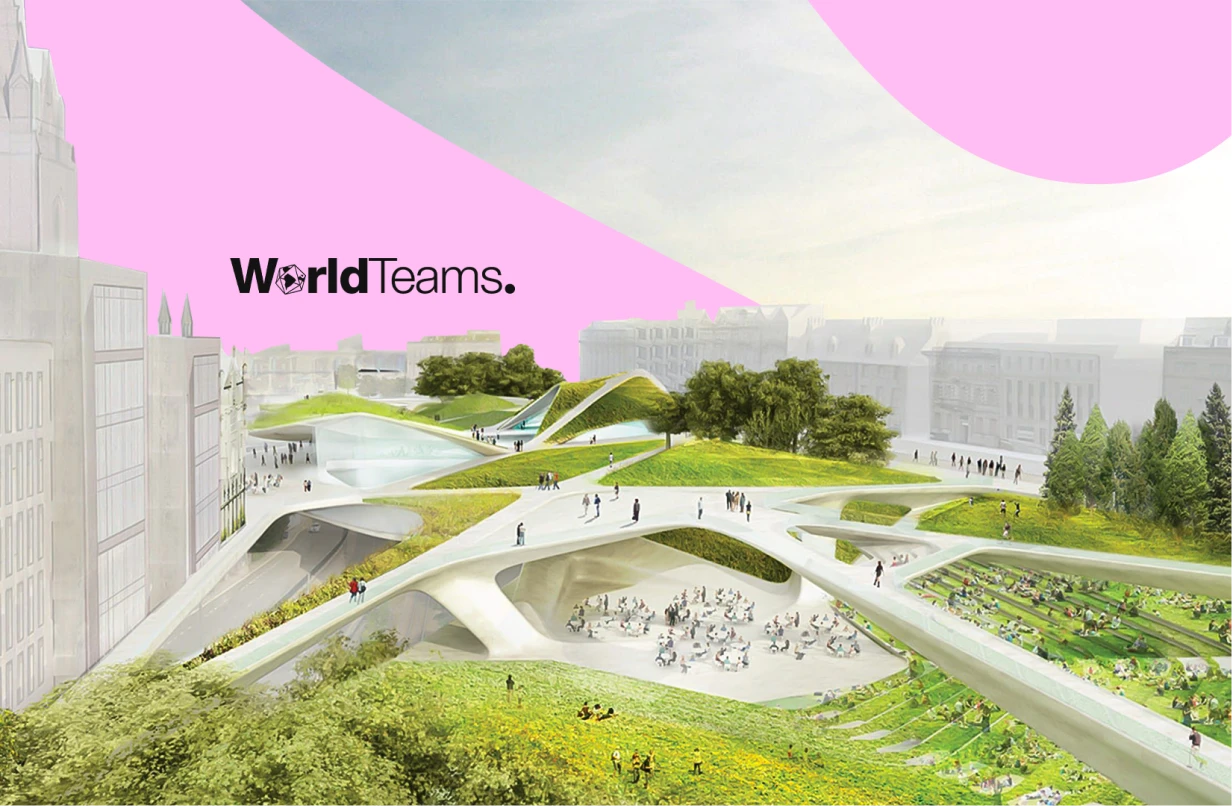
Urban Architecture: Integrating Green Spaces in Cityscapes
Urban architecture design needs to evolve beyond the traditional image of a city – a concrete jungle with towering buildings casting long shadows over bustling streets. Modern urban design seamlessly blends with the calming embrace of nature, creating vibrant cityscapes that integrate green spaces for a healthier and more sustainable future.
Why Green Spaces Matter in Modern Cities
The benefits of integrating green spaces into cityscapes are numerous. They act as the lungs of our urban environments, filtering pollutants and improving air quality. Green spaces also play a vital role in mitigating the urban heat island effect, a phenomenon where cities experience higher temperatures than surrounding rural areas.
Additionally, studies have shown that access to nature reduces stress, improves mental well-being, and fosters a stronger sense of community.
Understanding Urban Design vs. Architecture
Before diving into the exciting world of green urban spaces, it’s important to understand the distinction between urban design and architecture. While they are interrelated fields, their focus areas differ.
Architecture
Focuses on the design and construction of individual buildings. Architects consider factors like functionality, aesthetics, structural integrity, and building codes to create safe, efficient, and visually appealing structures.
Urban design
on the other hand, takes a broader perspective. It deals with the overall layout and functioning of cities and towns. Urban designers consider the placement of buildings, transportation networks, public spaces, and green infrastructure. They are responsible for creating a cohesive and sustainable urban environment that caters to the community’s needs.
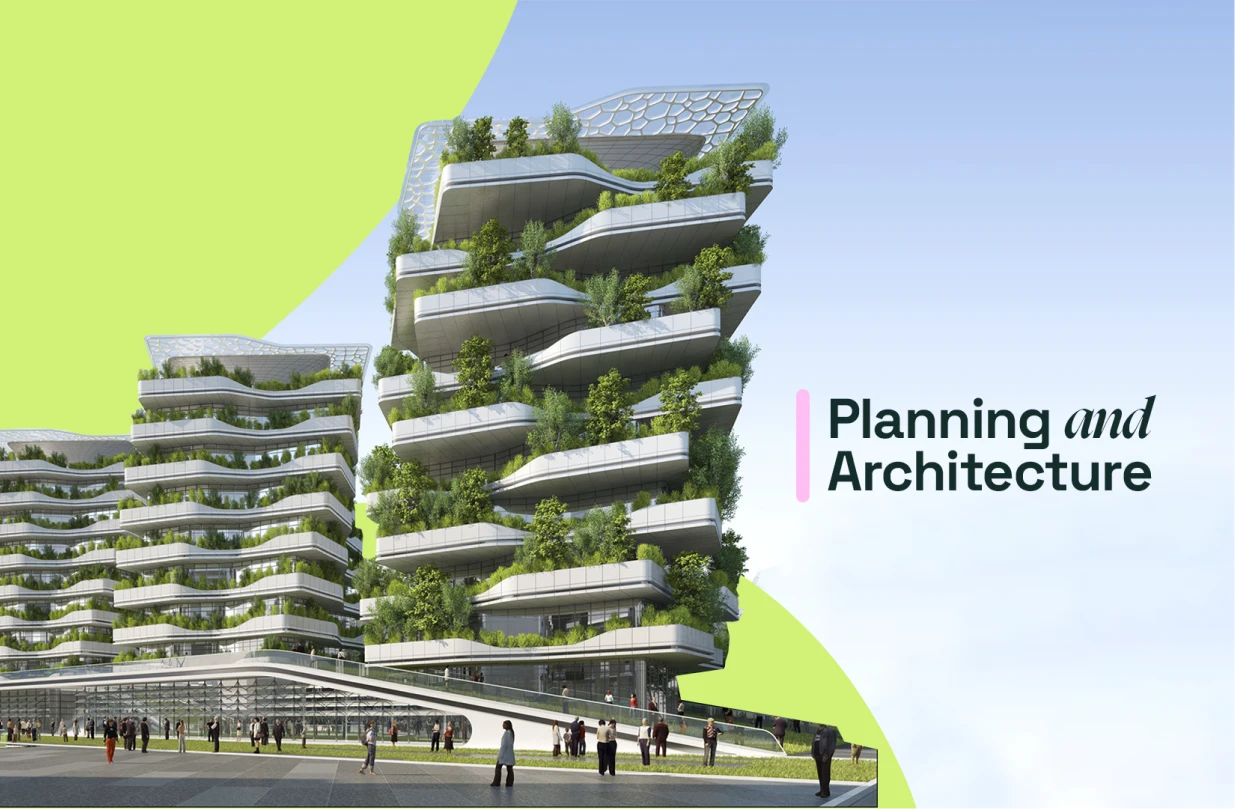
Bridging the Gap Between Planning and Architecture
Urban design acts as a bridge between urban planning and architecture. It considers the social, economic, and environmental components of a community and translates those considerations into the city’s physical form. Urban designers analyze zoning and land use regulations, availability of transportation, parks, open spaces, and other public amenities.
They also understand architecture’s aesthetic and functional properties, ensuring the creation of vibrant and livable communities. In essence, urban design orchestrates how individual buildings (designed by architects) interact with each other and the surrounding environment. This collaborative approach is crucial for integrating green spaces effectively.
Architects can design buildings that incorporate green roofs and walls and even connect courtyards and gardens. Urban designers, on the other hand, plan the placement of these green buildings within the city, ensuring they connect with parks, greenways, and other natural elements to create a holistic green network.
Innovative Designs for Sustainable Cities
Modern architects are pushing the boundaries of urban design, incorporating green spaces in creative and effective ways. Here are some of the most exciting trends:
Green Roofs and Walls
These living landscapes transform rooftops and facades into thriving ecosystems. They provide aesthetic appeal and offer insulation, reducing energy consumption in buildings.
Pocket Parks and Vertical Gardens
Densely populated areas can benefit from strategically placed pocket parks – small yet impactful green spaces tucked into underutilized corners or along busy streets. Vertical gardens, utilizing climbing plants on walls, offer a space-saving solution for adding greenery.
Urban Forests and Greenway Networks
Large-scale projects like urban forests create green corridors within cities, providing habitat for wildlife and offering recreational opportunities. Greenway networks, consisting of interconnected parks and trails, encourage active lifestyles and create a more cohesive urban fabric.
The Future of Architectural Services
The rise of AI presents both opportunities and challenges for architectural services firms. On the one hand, AI can help firms to become more efficient, productive, and competitive. By automating routine tasks and providing data-driven insights, AI can allow architects to focus on the high-value aspects of design.
On the other hand, some may worry that AI could potentially outsource architectural services or replace the role of architects altogether. However, it’s important to remember that AI is a tool, not a replacement for human creativity and expertise. The true value of AI lies in its ability to augment human capabilities and empower architects to achieve better design outcomes.
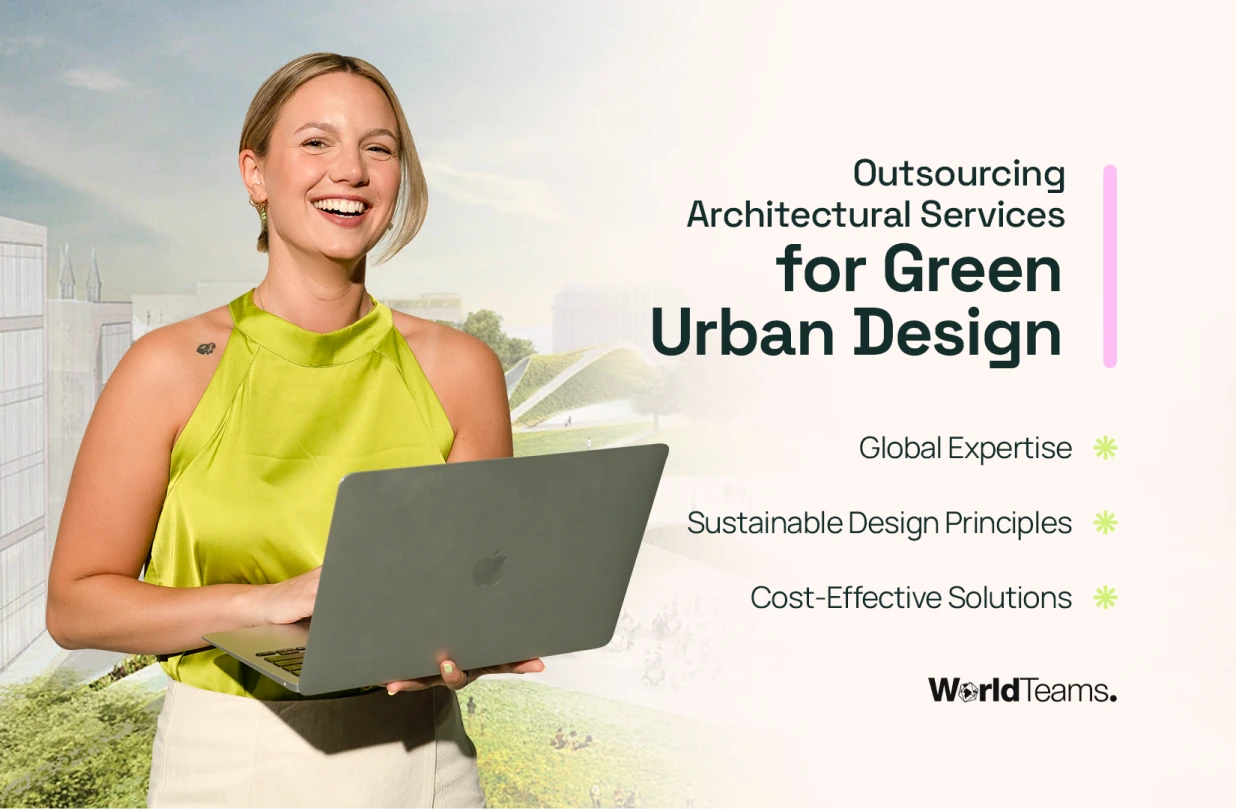
Outsourcing Architectural Services for Green Urban Design
WorldTeams, a leading provider of outsourced architectural services, understands the significance of integrating green spaces into modern cityscapes. Our experienced architects and designers can collaborate with you to develop innovative and sustainable solutions for your urban design projects.
Here’s how WorldTeams can be your partner in creating greener cities:
Global Expertise
We have a network of skilled architects across the globe, each with a unique understanding of local climates, vegetation types, and building regulations. This ensures that your green spaces are aesthetically pleasing and ecologically appropriate.
Sustainable Design Principles
Our architects are well-versed in sustainable design principles and can help you incorporate green elements throughout your project, from material selection to energy-efficient building systems.
Cost-Effective Solutions
Outsourcing architectural services can be a cost-effective way to access a wider talent pool and expertise. WorldTeam’s competitive rates allow you to achieve your green design goals without compromising on budget.
Grow your team and reduce costs with WorldTeams.

Examples of Modern Urban Architecture with Green Integration
For inspiration, let’s explore some real-world examples of how cities are embracing green spaces:
Singapore
This island nation is a frontrunner in sustainable urban design. The Gardens by the Bay, featuring Supertrees – towering vertical gardens – and biodomes showcasing diverse plant life, exemplify Singapore’s commitment to urban greenery.
Milan, Italy
The city’s Vertical Forest project features two residential towers with cascading balconies planted with thousands of trees and shrubs. These not only enhance aesthetics but also provide natural cooling and habitat for birds and insects.
Medellin, Colombia
Once notorious for its crime and violence, Medellin has undergone a remarkable transformation. The city has implemented a network of public parks and green spaces, including the iconic Metrocable gondola system, which integrates green corridors with public transportation.
The Future of Urban Architecture
The future of urban architecture lies in striking a harmonious balance between human needs and environmental responsibility. Integrating green spaces is no longer a luxury; it’s a necessity for creating healthy, livable, and sustainable cities. By embracing innovative design solutions and seeking the expertise of architectural service providers like WorldTeams, we can transform our cities into thriving urban ecosystems where nature and humanity coexist perfectly.
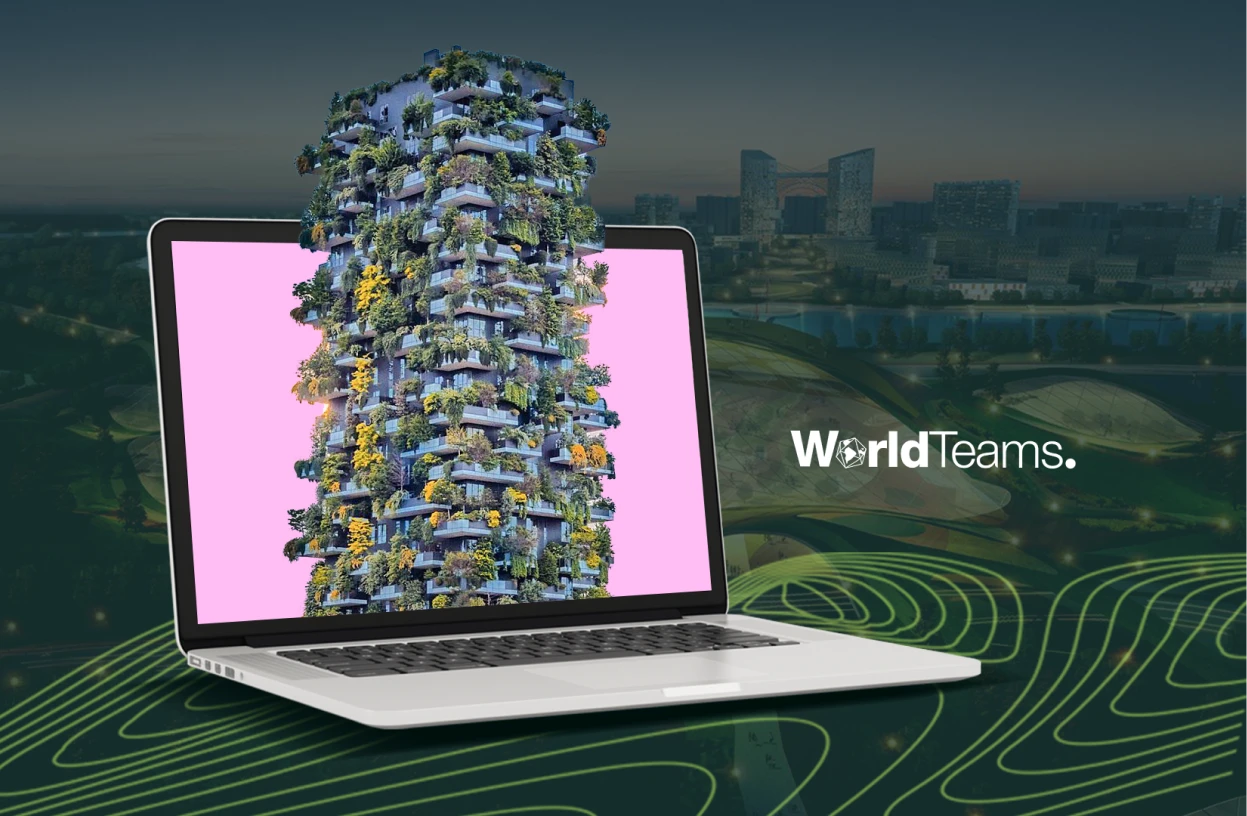
Ready to Design the Green City of Tomorrow?
At WorldTeams, we are passionate about creating a sustainable future. If you want to incorporate green spaces into your next urban design project, contact us today to discuss how our team of architects can help you turn your vision into a reality.
Leverage WorldTeam’s architectural expertise and global network to design greener, healthier cities for future generations. Contact us for a free consultation today!







